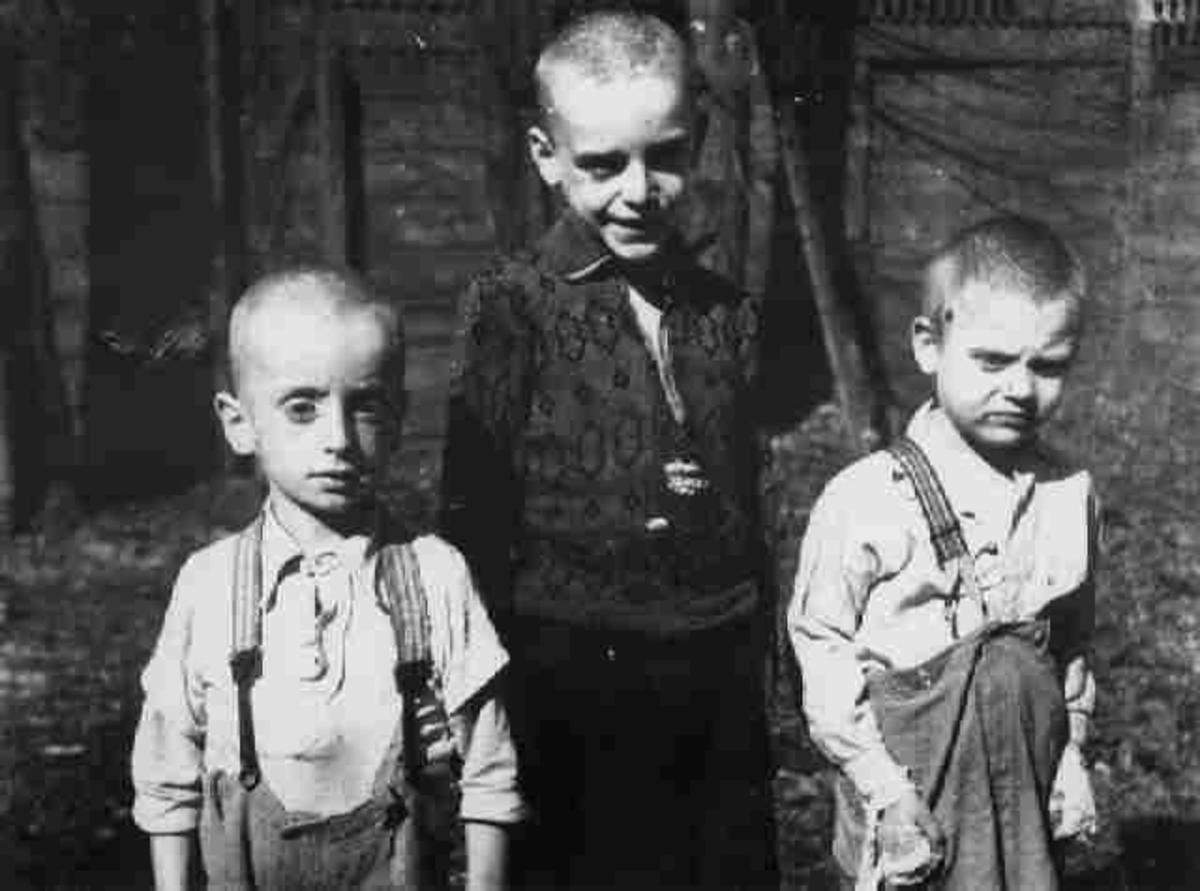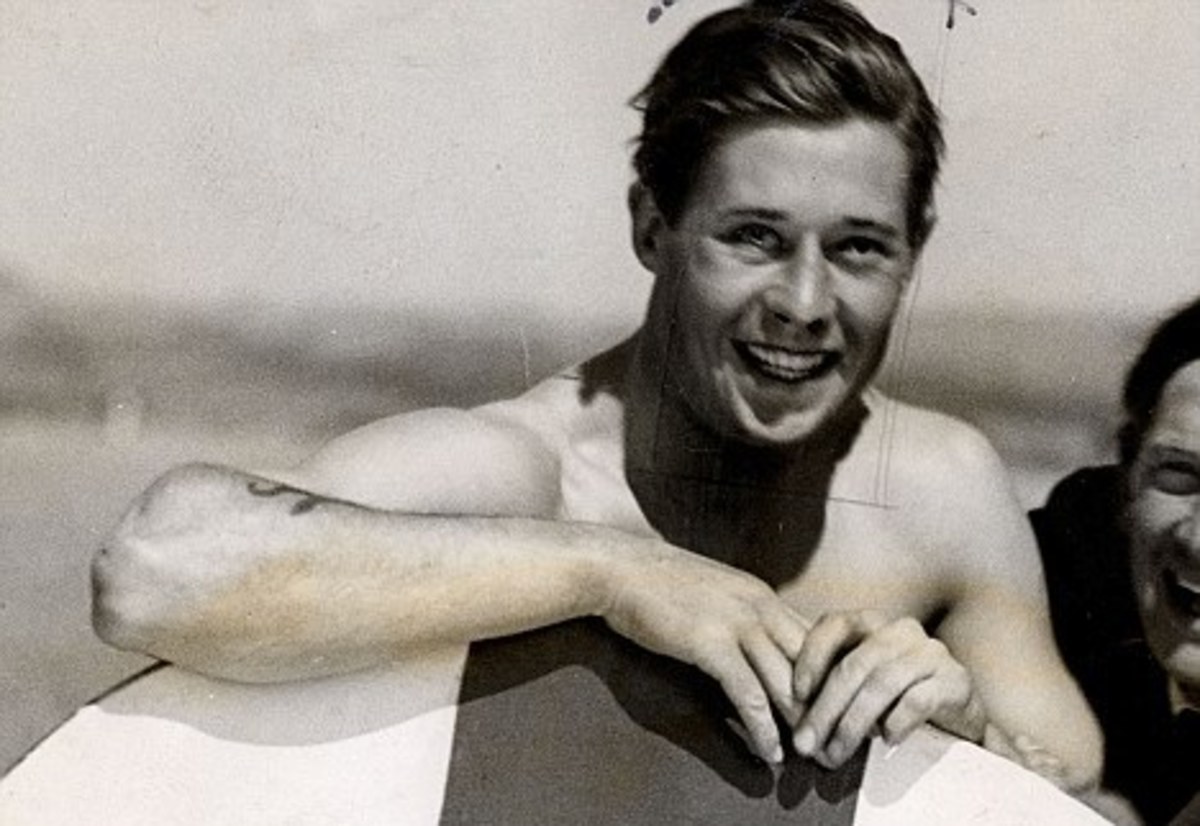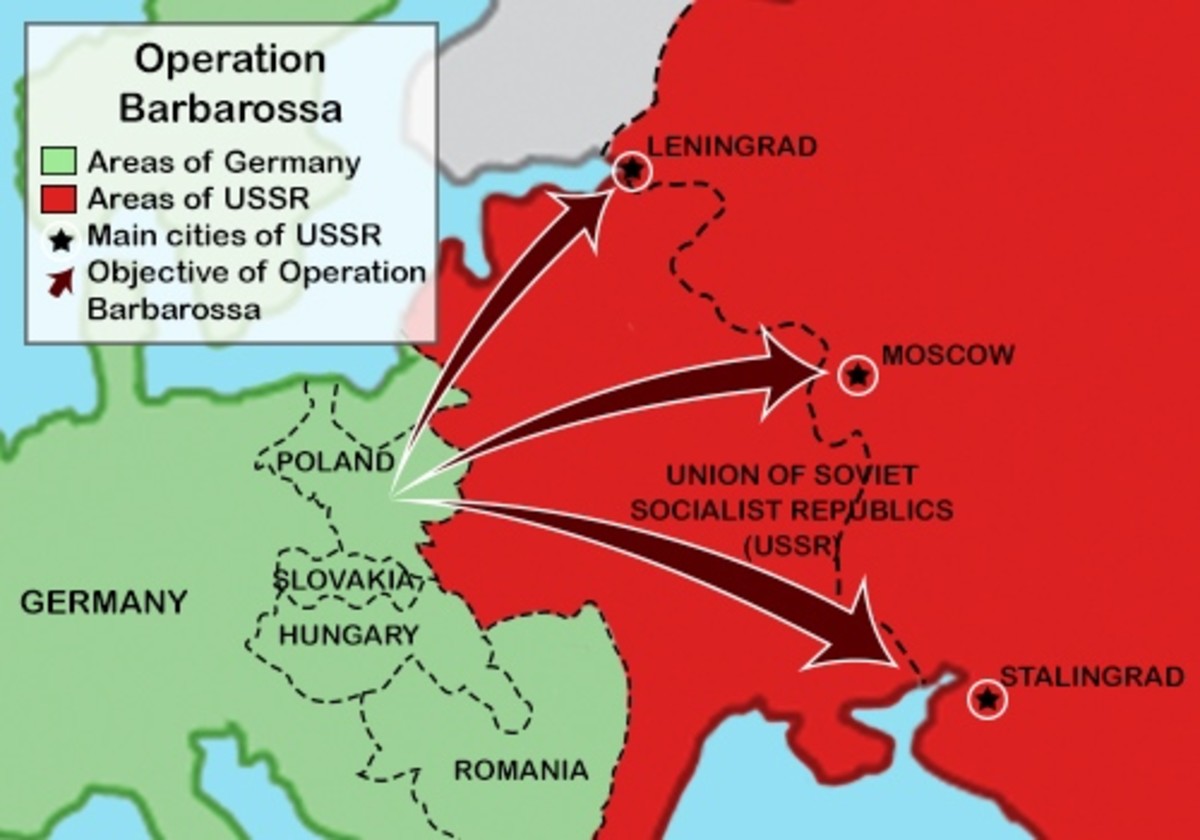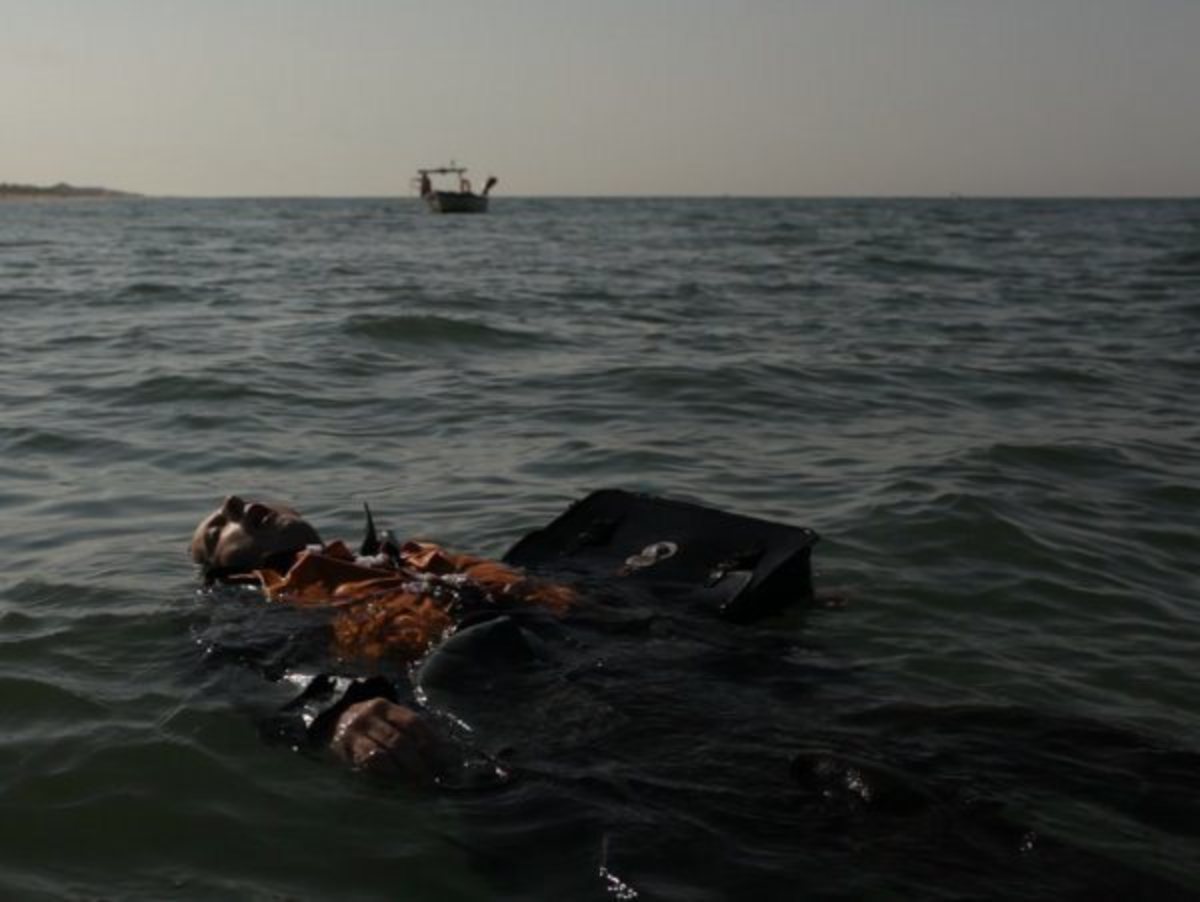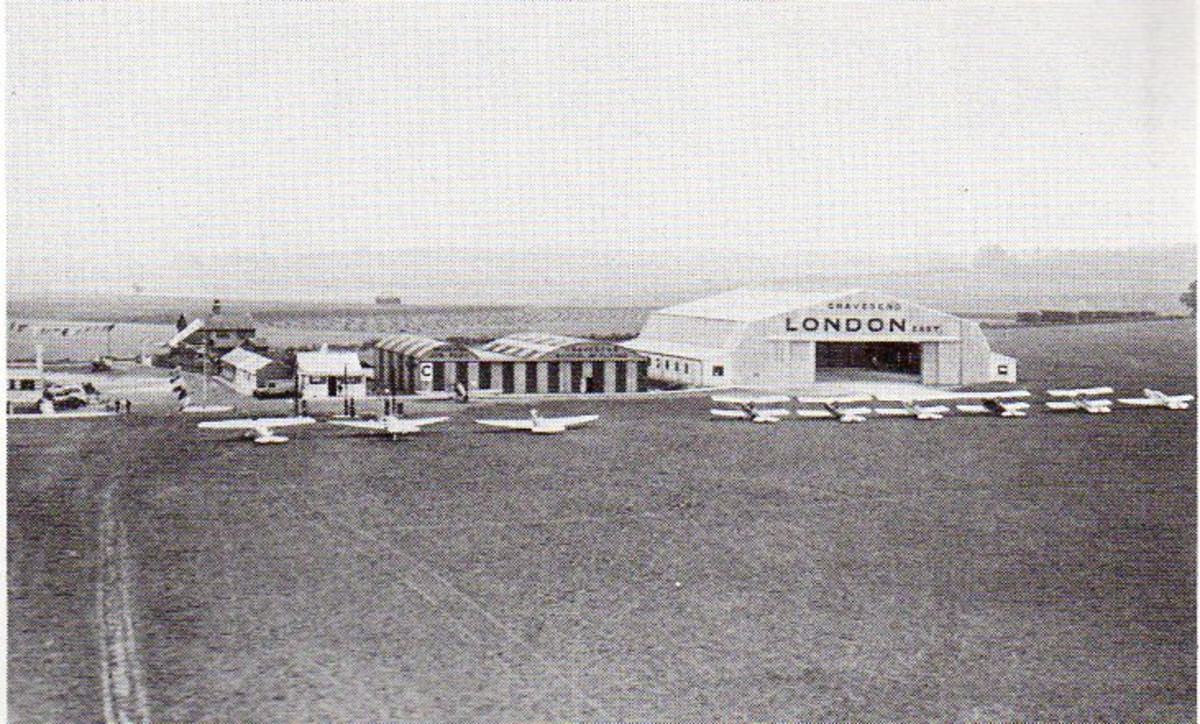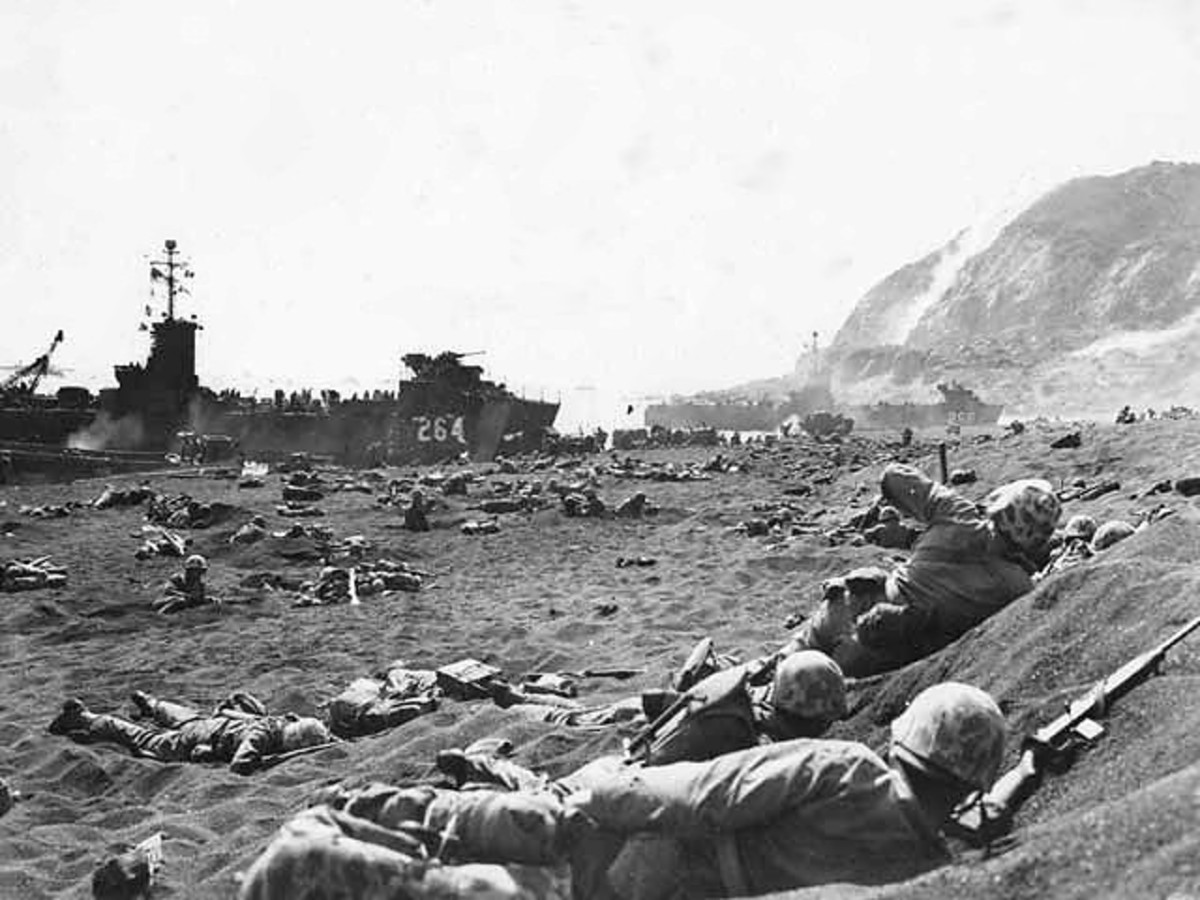- HubPages»
- Education and Science»
- History & Archaeology»
- History of the Modern Era»
- Twentieth Century History
Heritage - 20: Unlikely Hero, Suicidal Vagrant Comes up Trumps as a War Hero
"Pay attention at the back. This is serious business! 'Operation Mincemeat' is before you. Give it a butchers* will you?"
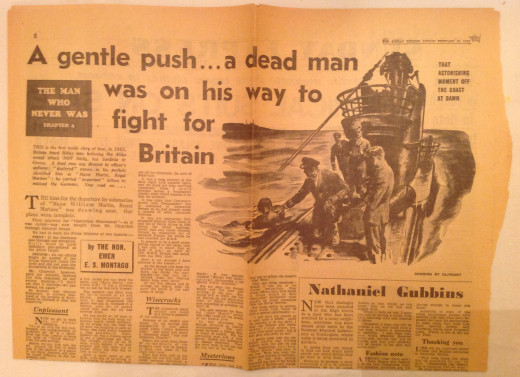
The Lead-in
[First things first, before you tackle this highly sensitive document you must have signed the Official Secrets Act. If you have not already done so, please leave and notify Admin that you need a copy. Read and sign it, then return here forthwith, thankyou]
The notion of using a corpse as part of an intelligence ruse had already seen one inserted into a wrecked British Army scout car in August, 1942.
This was at Alam el Haifa, prior to the main battle of El Alamein, in Egypt. The vehicle was left in a German minefield near the then front line, close to positions occupied by Rommel's 90th Light Division (to the south of Qaret el Abd). A map case was left with the dead man showing fictitious British minefields. Rommel fell for the ruse and his tanks were bogged down in soft sand.
Dupers and duped... Erwin the 'Desert Fox' outfoxed by devilishly devious Brits
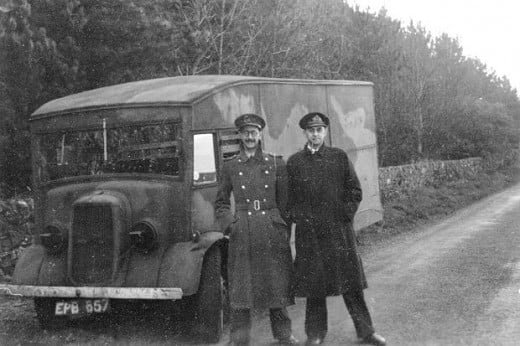
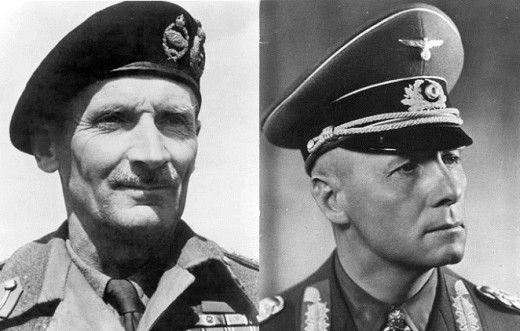
'Major Martin'
A man's body was needed. To the point, he had to be deemed to have died out at sea from drowning and hypothermia; not only that, but he had to float ashore on a targeted Spanish beach with the tide.
Owing to the nature of the operation and level of secrecy, relatives could not be told for fear of idle chatter spreading and catching the ear of (as yet undetected) German agents.
The well-known pathologist Sir Bernard Spilsbury informed the instigators of the plan, Ewen Montagu, Lieutenant Commander (Lt Cdr, Navy) and Charles Cholmondeley, Flight Lieutenant (Flt Lt, RAF, 'pronounced Chumley'). that the state of the corpse was not critical. Because the Spaniards were generally Roman Catholic they were usually unwilling to perform post-mortems unless suspicious circumstances.dictated.
Originally a corpse was found after a naval disaster in the north of Scotland, but by the time sanction was obtained from the War Office for the use of a corpse in this operation, it had deteriorated too much for their purposes. A new one had to be found.
Bentley Purchase, the coroner of St Pancras District in Central London obtained a suitable 'candidate'. Glyndwr Michael, a thirty-four year old Welshman had come to London to escape a family tragedy, and in a state of despair had imbibed rat poison in a deserted warehouse near one of the main line stations. The nature of his death left few clues as to the exact nature of death. As the man's parents were both dead and no known relatives were available to identify Mr Michael, permission was not an obstacle.
So quick work was the order of the day. An identity was needed for the character they created for the dupe. He would be Captain, acting Major William Martin, ('Bill') of the Royal Marines, 'born' 1907 in Cardiff, Glamorgan. His status was 'subject to assignment to Combined Operations'. As a Royal Marine officer, Martin's responsibility was to the Admiralty. All official notification on his death would be Naval Intelligence related. Battledress would be worn by the corpse, as Naval uniform had to be tailor-made by Gieves of Savile Row (near Piccadilly). There would be questions if the tailors were asked to measure the corpse, more idle chatter, flapping ears everywhere. Being a Royal Marine on active service (Royal Marine ranks, as their US counter-parts were similar to those of the army) meant he was likely to be entrusted with top secret papers. He was not so highly ranked that he would have an Abwehr (German military intelligence, headed by the fated Admiral Canaris) profile and the name Martin was chosen because there were several officers by that name in the Royal Marines.
Operation Mincemeat, Ben MacKintyre
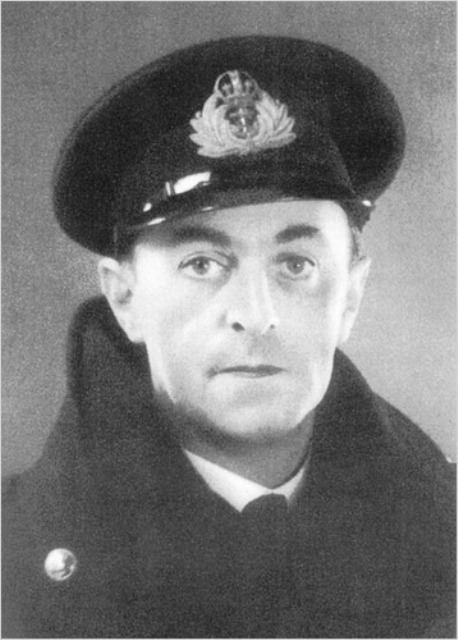
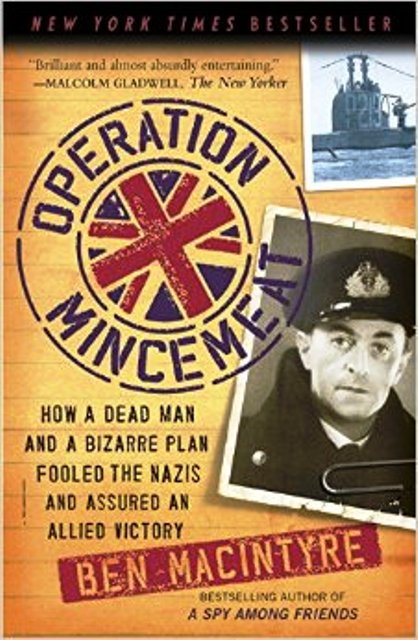
'Wallet Litter'
Major Martin needed a girlfriend to make him look more genuine. One was found, an MI5 clerk. She was given a name, 'Pam' (Pamela for the uninitiated). She wrote love letters pouring out her feelings for him. A bill for an engagement ring was provided as well as a snapshot of her drying herself on a beach somewhere. In keeping with his rank he would wear bespoke underwear.
There would be an overbearing letter written by his irate father, a letter from a family solicitor and a letter from his bank manager for the immediate repayment of an un-arranged overdraft of £79 (the price of the ring). A book of postage stamps, a silver cross and a St Christopher medallion, a pencil stub, keys, used bus ticket and theatre ticket stubs completed the 'image' for the young, upwardly mobile Captain of Marines.
Additionally there was a bill for four night's lodgings at the Naval and Military Club and a receipt from Gieves for a shirt, cash down. The fact that British officers never paid cash never occurred to the Germans. They were not to know that.
All documents were on authentic stationery, dates on the stubs and lodging bill showed Martin left London on April 24th, 1943. His body was washed ashore on the 30th after perhaps a few days in the water. The supposition would be he flew from England and his plane crashed at some time between the 24th and 30th.
More plausible, his military ID card with the picture of an officer who looked like Mr Michael was marked as a replacement for a lost one. His combined Operations badge had expired weeks earlier and not been renewed (more admin headaches for someone). A certain amount of slapdash was allowed in wartime (Nazi intelligence officer Walter Schellenberg was rumbled because his false papers were impeccably presented). Few British officers had the requisite full set of undamaged paperwork.
The Mediterranean Sea, a highly contended theatre of operations that guarded Hitler's 'soft underbelly'
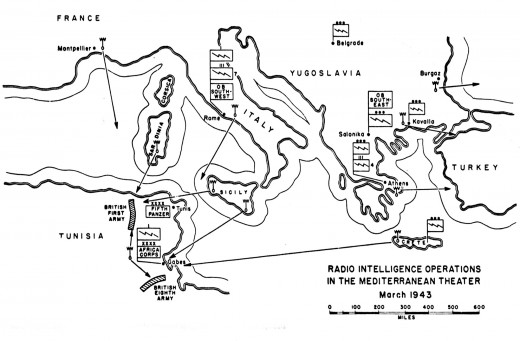
Major Martin's Cover
The main document carried in the briefcase was a letter from 'Archie Nye' (Lt General Sir Archibald Nye, vice-head of the Ibroach mperial General staff) to 'My Dear Alex' (General Sir Harold Alexander, Cdr 18th Army Group Algeria and Tunisia).
It was suggested after much drafting and re-drafting that Nye draw up the letter personally to cover salient points. The letter broached sensitive matters such as the unwanted award of a Purple Heart awarded by US forces to British servicemen attached to them; and the appointment of a new commander of the Guards Brigade (Household Division). This was to pinpoint the reason for the letter being entrusted to Martin as opposed to 'going through channels'.
On the point of Allied plans in the Mediterranean theatre of war the letter mentioned 'Operation Husky' as the invasion of mainland Greece by troops from Egypt and Libya. Another planned attack was raised. 'Operation Brimstone', the cover target being Sicily, implying that there would be landings on Sardinia as the only other feasible landing area for Alexander's forces. Nye added (to spice things up a bit) that 'we stand a very good chance of making the Germans think we are going for Sicily'. The letter was composed and written by Nye himself and addressed by Patricia Trehearne in Room 13 of the Admiralty.
There was in addition a letter of introduction from his commanding officer , Vice Admiral Louis Mountbatten (head of Combined Operations) to Admiral of the Fleet Sir Andrew Cunningham (C-in-C Mediterranean Fleet and Allied Naval Cdr Mediterranean). Martin was thus shown as an expert in amphibious war specialist on loan for the duration of the assault. There was a clumsy joke in the letter about 'sardines' which Montagu added for the Germans to see as an obtuse reference to an invasion of Sardinia.
The documents were inserted in a briefcase to make the ruse more obvious, previous experience being the 'mover' for this ploy. To warrant the documents being inserted into a briefcase 'Major Martin' carried two proof copies of the official pamphlet on combined operations written by author Hilary Saunders - at the time on Mountbatten's staff - and a letter from Mountbatten to General Eisenhower (by this time Senior Allied Commander Europe and Mediterranean), asking him to write a brief foreword for the US edition.It was also important that document and body were recovered together. 'Martin' had a leather covered chain such as used then by jewellery and bank couriers as security against being snatched. British military officers did not normally carry such chains, but then that was something else the Abwehr was unfamiliar with. As it was unlikely 'Martin' would keep the briefcase secured to his wrist for the duration of the long flight from Britain, the chain was in the end looped around the belt of his trench coat.
Setting the 'bait'
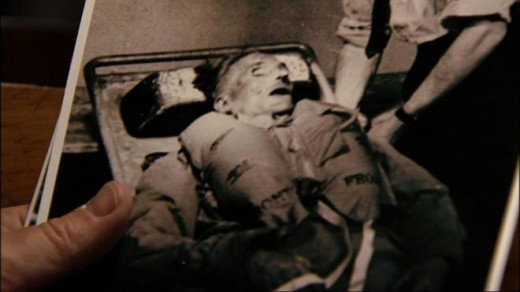
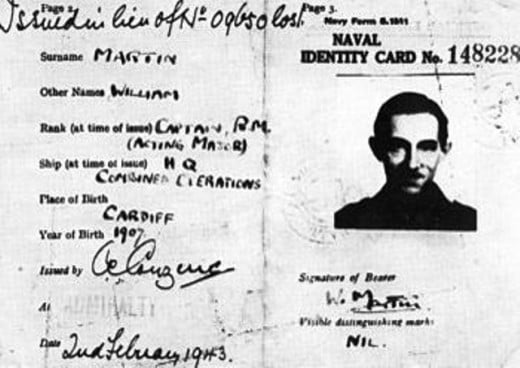
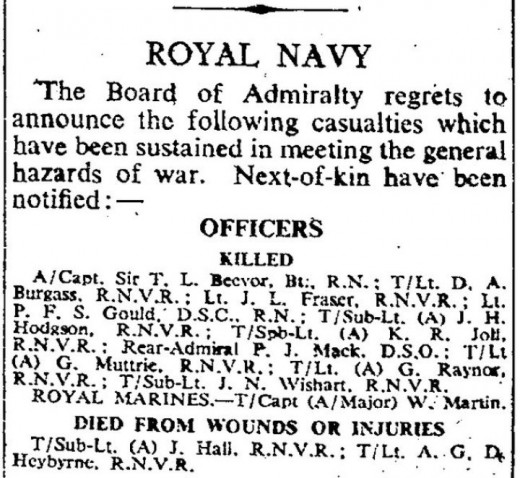
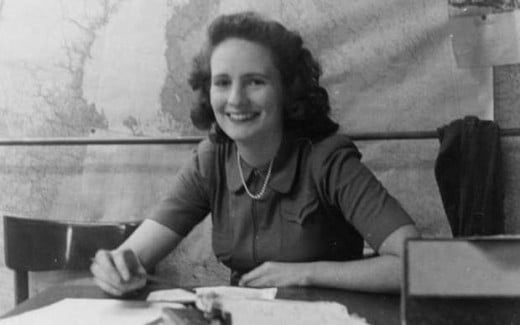
'...Get the body back and give it another swim...'
Colonel Bevan was O/C wartime deception and obliged to explain the mission to the Prime Minister. Churchill was in his bedroom, smoking a cigar when Bevan was shown in. The PM showed a great deal of interest in the scheme. However when Bevan explained it could all go badly Chuchill shrugged off the dangers, saying,
'In that case we shall have to get the body back and give it another swim'.
'Major Martin' was attired in his Royal Marine battledress and overcoat before being put in a purpose-built steel canister dreamed up by Charles Fraser-Smith. After being filled with dry ice it was sealed. Dry ice breaks down into carbon dioxide to drive out oxygen and preserves a body without refrigeration.
Cholmondeley and Montagu accompanied the canister to where the submarine HMS 'Seraph' awaited its consignment at Holy Loch in western Scotland (still a base for RN submarines). Commanding officer William Jewell briefed his crew on the peculiar task ahead, telling the ratings only that the canister contained top secret meteorological equipment to be released off SW Spain.
On 19th April 'Seraph' left Scottish waters, reaching the assigned release point a mile offshore from Huelva eleven days later at around 4.30 am. British Intelligence was aware of an Abwehr agent in Huelva who was familiar with Spanish officials. Adolf Clauss, son of the German Consul operated under-cover as.an agricultural technician.
'Seraph' surfaced, the canister brought on deck. All but the officers were sent back below before First Lt. Scott briefed the others on the real nature of the mission, known hitherto only to him and Jewell. The canister was opened, 'Major Martin' had his Mae West (self-inflating life jacket) fitted and before the corpse was consigned to the deep Jewell read the 39th Psalm (not exactly according to orders!). Calculations estimated the current to wash the body ashore near Huelva, close to the Atlantic coast. A rubber dinghy was thrown off the submarine shortly after, on the way to Gibraltar, to give the impression 'Martin' could not find it in the dark. The canister itself was taken out to sea and riddled with bullets to sink it. When this failed it was rigged with plastic explosive for detonation (something else not in the book, Jewell only mentioned it in 1991). He signalled 'Mission complete' and stopped off at Gibraltar. The corpse was found five hours later by a local fisherman and taken ashore by Guardia Civil personnel.
The 'plant' pulled off
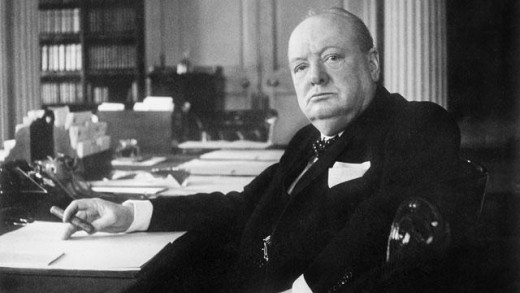
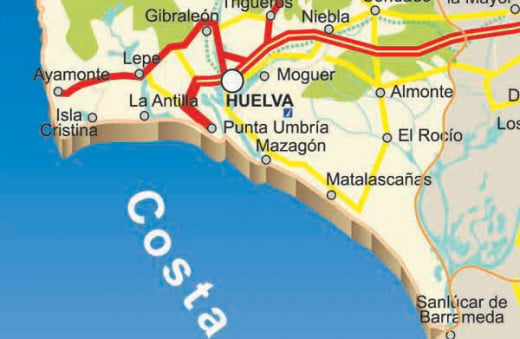

'Mincemeat swallowed...'
The 'find' was reported to Clauss. A few days later the discovery was reported by the British Naval Attache in Spain and the committee was informed. The corpse was finally handed over to the British Vice Consul and 'Major Martin' interred in the cemetery of Nuesta Senora (Our Lady) in Huelva with full military honours on 2nd May.
The Vice Consul had previously arranged for pathologist Eduardo Del Torno to carry out a post-mortem examination of the body. Del Torno reported that the man had dropped alive into the sea and died from drowning, having been in the sea for over three days.
Montagu had 'Major Martin' included in the published list of British casualties, which was regularly inserted in The Times, for 4th June lest the Germans thought to check up on the fatality. The names of two other officers killed in plane crashes were mentioned in the same bulletin to give credence to the story. The same issue of The Times. carried a report of the loss of actor Leslie Howard, shot down by the Germans in the Bay of Biscay. To add weight to the ruse the Admiralty telegraphed the Naval Attache about the documents with 'Major Martin', to locate and recover them intact at all costs but not to alert the Spanish authorities as to their importance. The briefcase and its contents had been handed by the Spanish Navy to their own General staff and vanished from circulation at that point - unavailable even to the Abwehr.
However, as desired the senior Abwehr officer in Spain, Karl-Erich Kuehlenthal became very interested in seeing the papers. He stirred the most senior Spanish secret police officer, Colonel Jose Lopez, Baron Cerruti, to find the case and its contents. Word of the find reached Abwehr Chief Admiral Canaris in Germany and Kuehlenthal was urged to secure the documents from Spanish authorities. After processing the damp documents Abwehr chief Wilhelm Leissner was allowed to photograph them before they were returned to the British Naval Attache on May 13th, with an assurance that everything was in order. An examination by Naval Intelligence officers confirmed their having been opened. Additionally confirmation was made by Ultra (Bletchley Park) to Churchill - and further, to the US military, that
'Operation Mincemeat' has been swallowed, rod, line and sinker'.
Joseph Goebbels, the Nazi propaganda chief had read Montagu's bulletin in The Times and it emerged after hostilities that although he had his own misgivings about the veracity of the message said nothing. Hitler believed the ruse. He was at odds with Mussolini, who believed Sicily was the most likely target, and insisted Sardinia or Greece were feints.
Hitler authorised the movement of Naval and Military personnel and equipment to Greece from Sicily and the Eastern Front, reducing German strength in the Kursk area (a 'by-product' not foreseen by Montagu or Cholmondeley).
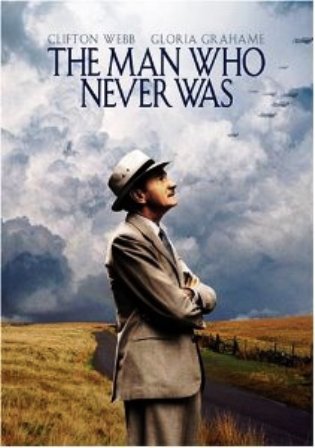
The Man Who Never Was
The film of the story behind the book about Operation Mincemeat, based on the book by Ben MacKintyre, about the use of Glyndwr Michael to 'persuade' the Germans to move their heavy military presence away from Sicily. Mr MacKintyre also narrates a television programme on this theme
Clearing the way for 'Husky'

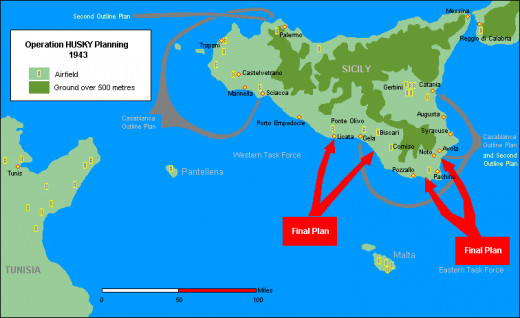
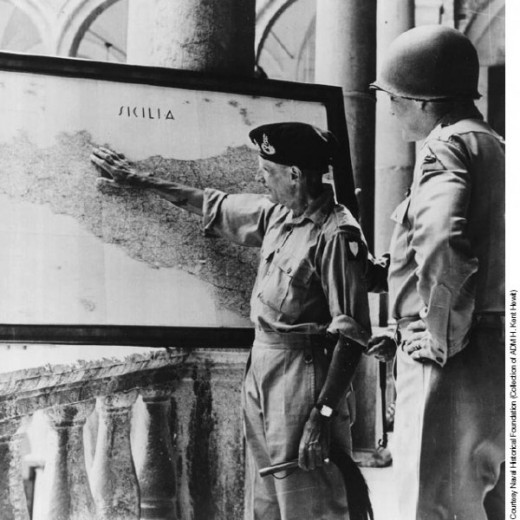
Operation Husky and aftermath...
Although on July 9th the Allies invaded Sicily the Germans were adamant this was the feint and kept their arrangements intact in Greece and on Sardinia. It was July 12th before they ordered paratroops into Sicily to hold back the British Army.
Ewen Montagu was given an OBE (Officer of The Order of the British Empire), and for his part in Operation Mincemeat Cholmondely was made MBE (Member of the Order...)
Later Developments
Subsequent discovery of British documents by the Germans were ignored, even though authentic, such as a set of plans for D-Day washed up on a Normandy shore in an abandoned landing craft. A complete set of charts for Operation Market Garden was discovered with the body of a dead officer in a crashed glider near Arnhem later in 1944. Their forces were deployed contrary to documentary evidence (which was as well, since the doomed operation could have turned into an even worse disaster - if that was possible).
*A 'butchers' in Cockney rhyming slang - see title, top of page - refers to 'a butcher's hook' = a look.
** The Commonwealth War Graves Commission added an inscription to the gravestone of 'Major Martin' to the effect that the corpse found in the sea was that of Glyndwr (pron. 'Glandower') Michael, used to foil German Intelligence.
© 2015 Alan R Lancaster


